Guide to Jigsaw Blades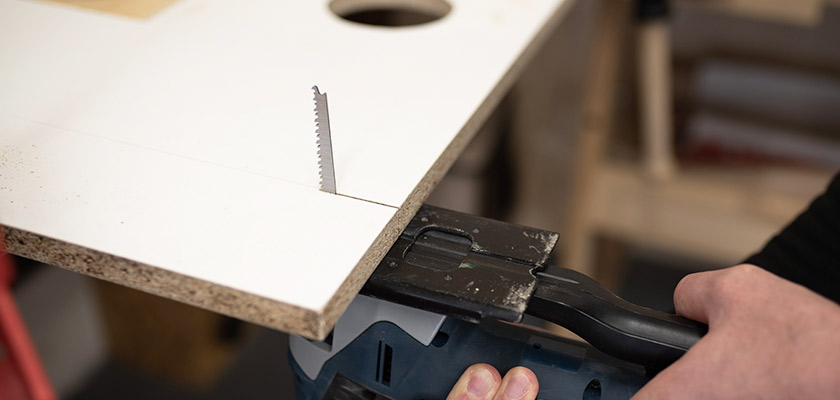
The CMT Jig Saw Blades are produced using the latest technologies and modern machinery. These blades are designed for precise cutting of soft and hard wood, plywood, OSB planks, laminates, plastics, acrylic glass, metals, ferrous or non-ferrous materials, aluminium and stainless steel. The blades are made using three types of material.
What to look out for when choosing a blade
Types of fastenings
Before purchasing a blade, you need to find out about the type of fastening your jigsaw has. There are two fastening systems, each suitable for a different saw. T-type shanks are currently the most widely used ones. The Universal U-type can be found on older saws or cheap hobby jigsaws.
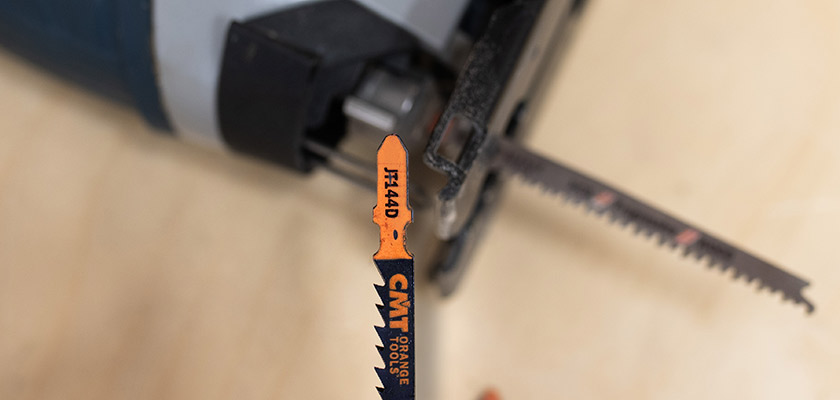
Selecting a blade on the basis of material
Type of material
First, you need to decide what material you will be sawing, either solid wood, plywood, laminated chipboard or sheet-steel. Blades with a small number of large teeth are ideal for solid wood. Blades with a large number of smaller teeth are ideal for iron and laminated chipboard.
Thickness and shape of cut
The second parameter to look at when choosing a blade is material thickness and shape of cut. This means either straight, curved or circular cuts. Thin blades are ideal for curved cuts, their body shape does not jam in the cut as is easy to turn. These blades are usually short.
Length and TPI
The length of the jigsaw blade corresponds with the thickness of the material we want to cut. The number of teeth per inch also depends on the material cut, along with the tooth angle that guarantees a fine finish on one side or the other. Each blade has markings on it displaying material thickness and type.
What is a blade orbit and how to set it up
Some jigsaws feature a blade orbit setting. The orbit setting provides a pendulum movement of the saw blade forward and backwards during cutting (moves along ellipsis). Facilitates sawdust removal from the line of cut and the blade meaning less resistance when cutting. The results are cleaner cuts and a smaller chance of the blade getting stuck. This is especially ideal for coarse cutting. The bigger the orbit the faster the cutting operation, on the other hand, a smaller orbit setting allows for a more precise cut.
The orbit setting is not ideal for hard materials like metals or solid wood, it is also not suitable for laminated chipboard.
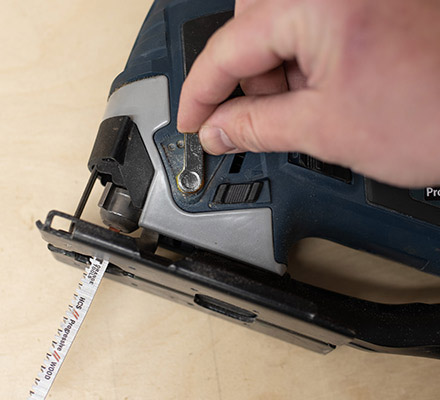
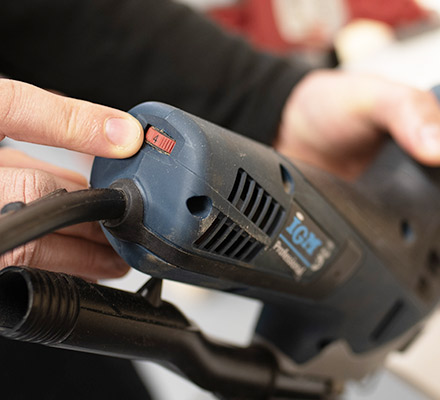
Choosing the correct speed
In this day and age, jigsaws usually feature a speed setting allowing you to control the movement of your jigsaw blade. There are different speeds for different types of material. Hard materials like metals, solid wood or fibreglass require a lower setting to increase the tool-life of the jigsaw blade. Cutting hard materials at higher speeds leads to overheating of the blade and consecutively to dulling of the teeth. Vice versa, we recommend using a higher speed setting for soft materials (pine, spruce, chipboard), this guarantees an efficient and fast cut. The electronics of some professional jigsaws can even slow down the speed in the beginning and end of the cut. Slowing down allows for an accurate pre-cut and minimizes chip breaking at the end of the cut.
The Material of the Jigsaw Blades
Jigsaw blades also differ in the material they are made of. Usually its three types of steel.
HCS High Carbon Steel: Ideal for softwood, fibreboard and soft plastics. Widely used in cheaper and hobby jigsaw blades.
HSS High-Speed Steel: Hardened high-performance steel for more solid materials like metals and solid wood.
BIM Bimetal: Combination of HCS and HSS, ideal for solid wood, abrasive wood materials, solid plastics and non-ferrous and ferrous metals. The main advantage of bimetal blades is long tool-life and a great price to performance ratio.
Tooth Geometry

Milled & Side Set Teeth. Ideal for quick coarse cuts into soft/hard wood, aluminium, plastics and non-ferrous metals.

Milled & Wavy Set Teeth. Ideal for fine straight cuts into plywood, soft steel, aluminium, non-ferrous metals and plastics.

Ground & Side Set Teeth. Ideal for fast cuts in wood.

Ground & Taper Ground Teeth. Ideal for fine, clean cuts in wood and plastic.
General Tips on How to Properly Use a Jigsaw
To achieve excellent cuts with your jigsaw, cut square against the material while preventing the footplate from lifting, do not pressure the jigsaw and let it cut smoothly. If the jigsaw jumps up and vibrates excessively, you need to alter the speed.
As a rule, the larger the number of smaller teeth (larger TPI), the finer but slower the cut will be. Conversely, the smaller the number of larger teeth (the smaller the TPI), the faster but at the same time the coarser cut.
These blades are designed for precise cutting of soft and hard wood, plywood, OSB planks, laminates, plastics, acrylic glass, metals, ferrous or non-ferrous materials, aluminium and stainless steel.
Purchase
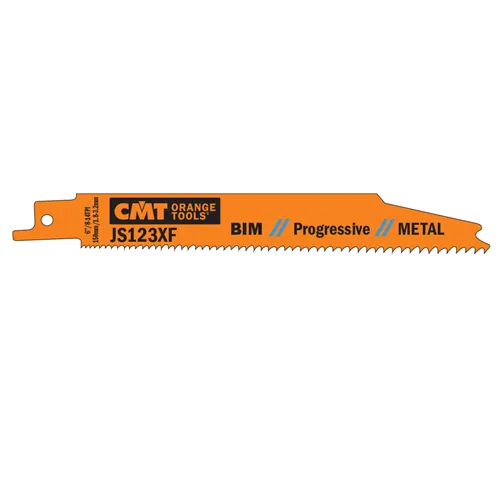
Powerful sabre saw blades with increased tool-life and efficiency in all materials.